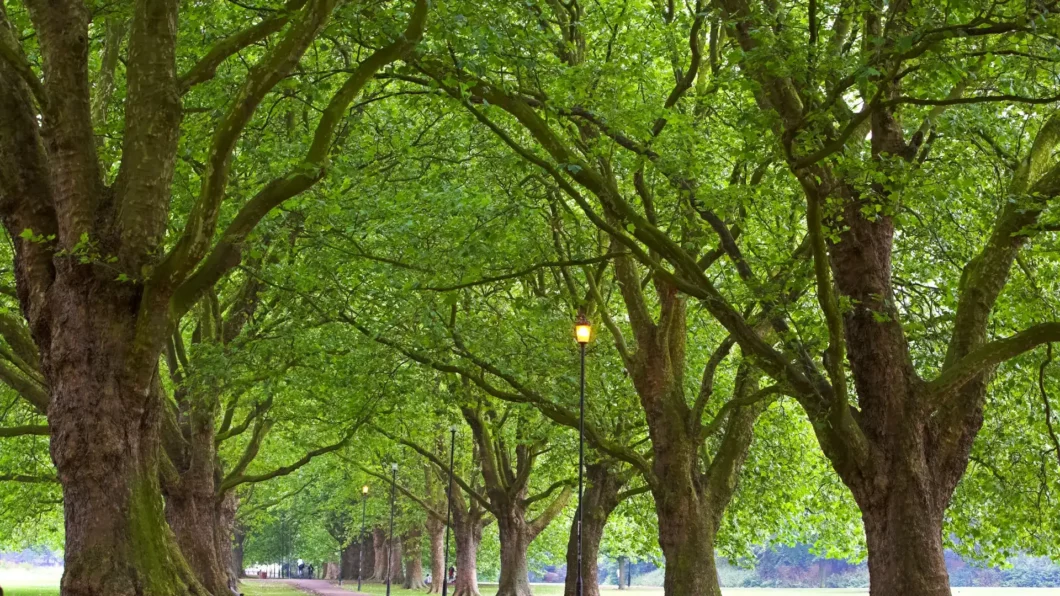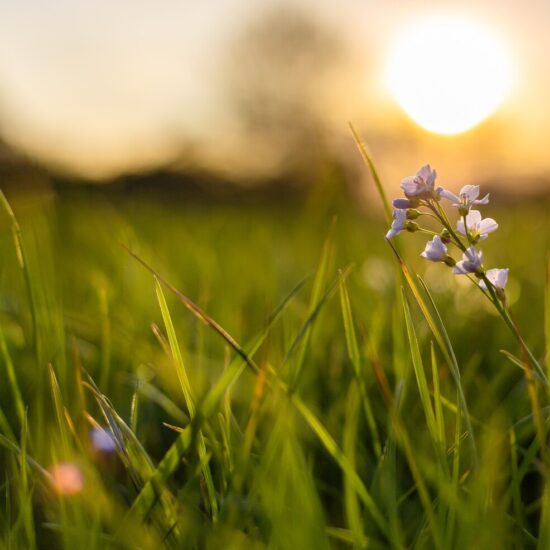I just finished the excellent book Shaking Medicine (2007) by Bradford Keeney, Ph.D. As I read the book, what comes to mind as a parallel is the commentary on meditation. These ancient practices have been around for thousands of years, but science is just now catching up, with neuroimaging demonstrating that parts of the brain literally change, with the cortical areas of the anterior region of the brain literally getting thicker (Kang et al., 2013) and impacting areas of the brain tied to improved attention and memory (Lardone et al., 2018), amongst other positive brain changes, giving credence to what these cultures have been doing for a long, long time. I get a similar notion reading this book, as Keeney describes the shaking that has been performed in cultures across the world, over time, as the “oldest and newest cure on Earth” (p. 18). Shaking has been seen in the Kalahari Bushmen of Africa, Kundalini, the Shakers, the Quakers, Native American Shakers of the Pacific Northwest, Japanese Seiki, and more. The science is starting to catch up to what these cultures have naturally been doing, but the science is nascent. So far, we are aware that proprioception has a regulating effect on the nervous system; and that bouncing/shaking helps with the lymphatic system. Beyond that, it would be fascinating to study the specific mechanisms of how shaking supports our health. In the meantime, though, I appreciate Keeney’s message: just shake.
I personally have felt the power of shaking in my personal practice, feeling the invigoration of the energy as I bounced, the freedom as my limbs shook, pleasant distraction of my joint cavities as I allowed space. Within the field of somatic psychology, we are more accustomed to this perhaps being called trauma-release exercise (TRE), or trembling…. Peter Levine describes how animals allow themselves to shake out tension, trauma, and stress. (see an example here https://www.youtube.com/watch?v=MQQYvG41YU4) Whether this is called quivering, vibrating, shuddering, trembling, or shaking, this is in the same category. Manuela Mischke-Reeds, somatic psychotherapist, embraces shaking as an embodied practice to respond to return to balance after activation (2018). Dr. David Berceli wrote a book about TRE/shaking for reducing stress and tension (2015). Ecstatic dancers around the world also know the power of the shake.
Here is one of my favorite parts:
“I realized, in the custody of her vibrating seiki, that I had discovered shaking medicine in many places of the world, from the Kalahari to the Amazon, from African American churches to Tokyo… I realized that Japan had been using shaking medicine throughout its history. It supposedly had been part of the natural regimen of the ancient samurai warriors. Each day, they allowed their bodies to be moved, trembled, and shaken by the universal life force she called seiki. During the first years of the Sowa era, in the second half of the 1920s, there had even been a popular health movement in Japan called ‘self-improvement life force therapy.’… What makes seikijutsu unique is its dedication to natural, automatic expression, rather than adherence to memorized forms. It starts with simpler rocking movements that are precipitated by the reception of aroused ecstatic expression. Those simple movements, often involving either circular motions or back-and-forth rocking, are allowed to play themselves out… Overtime, the simpler rocking can become more energetic, with as many motions as there are ways the body is capable of moving, Vibrations, trembling, shaking, and even body pumping like that associated with the Bushman shamans may emerge over time. Over the years, the natural movements of seiki become your teacher… There will come a time when the hands start going for different parts of your body. They may pat, slap, rub, massage, tremble, stroke, scratch, or shake the body area that attracted them. This is the stage of learning to self-heal. (pp. 165-166)




